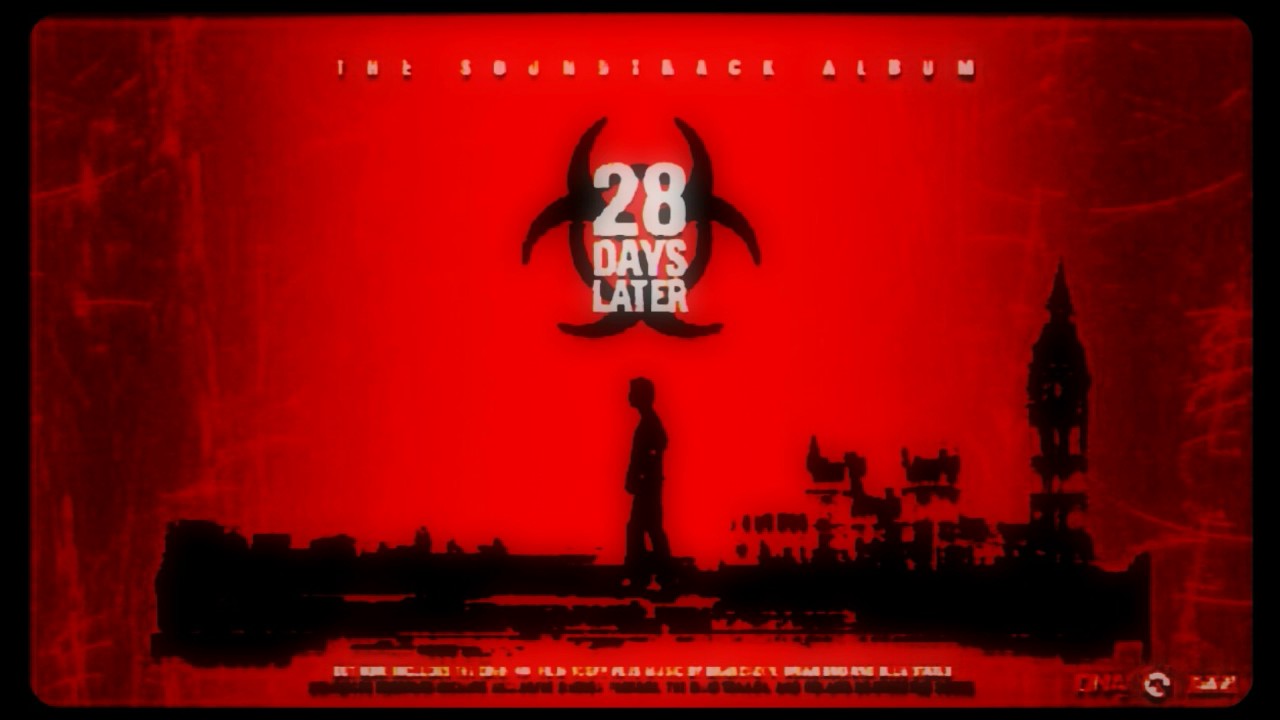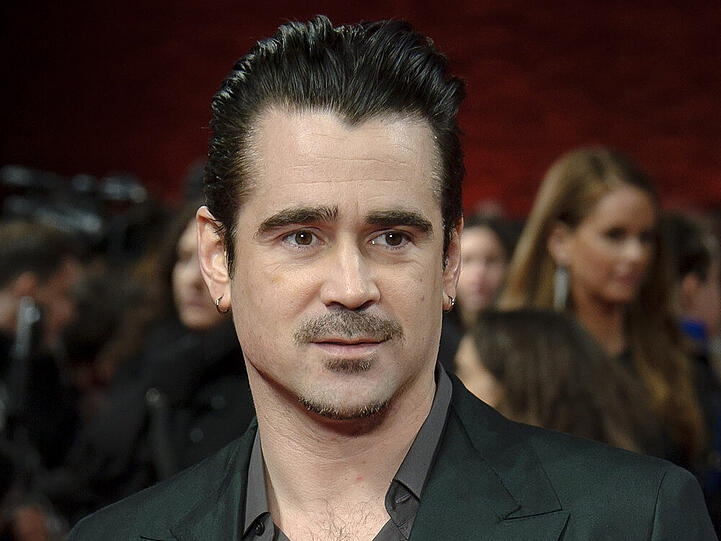
Introduction
Released in 2002, Danny Boyle’s ’28 Days Later’ marked a significant turning point in the horror and thriller genres. The film captured the imagination of audiences worldwide and resonated with contemporary fears surrounding pandemics and societal collapse. As we continue to live through tumultuous times, the film has once again gained prominence, highlighting its relevance and the way it changed the landscape of post-apocalyptic narratives in cinema.
Plot Summary
’28 Days Later’ follows the story of Jim, played by Cillian Murphy, who awakens from a coma to find London deserted and overrun by ‘Infected’ – individuals overtaken by a rage-inducing virus. The film explores not only the immediate terror posed by the virus but also the disarray of human relationships when society crumbles. The relentless pacing and chilling atmosphere established a new standard for horror films.
Cinematic Techniques and Innovations
Boyle utilized handheld cameras and natural lighting to create a sense of realism that pulled viewers into Jim’s terrifying world. The stark emptiness of London, captured in sprawling shots, added to the film’s desolation and horror, embedding itself in popular culture. Furthermore, the score by John Murphy became iconic, amplifying the film’s emotional impact and tension.
Cultural Impact
’28 Days Later’ is credited with revitalising the zombie genre, introducing the concept of the fast-moving zombie into mainstream horror. This shift has influenced numerous films and television shows, including ‘The Walking Dead,’ forever altering how zombies are portrayed. The film serves as a stark metaphor for real-world fears, resonating especially in light of global events such as health crises, natural disasters, and societal issues.
Conclusion
As we reflect on ’28 Days Later’ twenty-one years after its release, its significance is more pronounced than ever. The film not only highlights a societal fear of contagion and collapse but also encourages a deeper examination of human morality in the face of disaster. Its innovative approach to storytelling and distinct visual style have solidified its place as a modern classic in the horror genre. For both newcomers and long-time fans, ’28 Days Later’ continues to be a compelling exploration of humanity against the backdrop of chaos, inviting viewers to consider their responses to both fear and survival in a world increasingly full of uncertainties.
You may also like

Brie Larson: A Closer Look at Her Impact in Film

Exploring the Life and Works of Mira Nair
